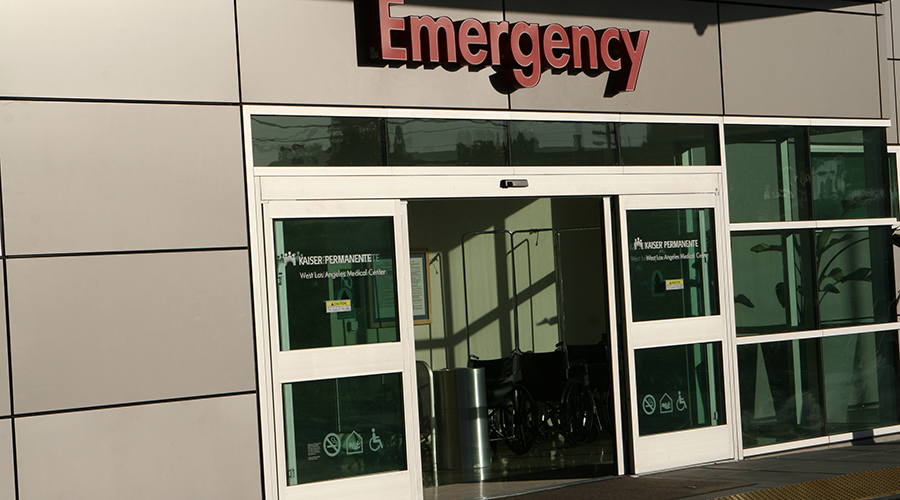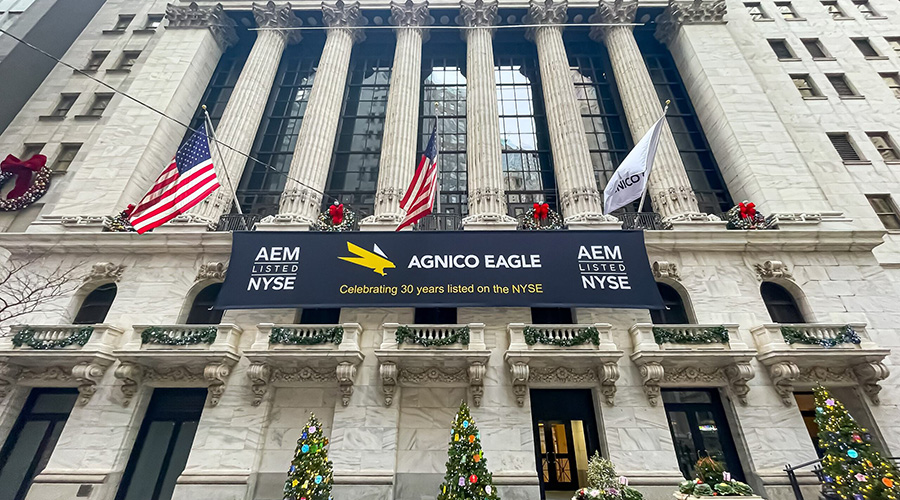Four Questions To Ask About Door Hardware
Durability, security and performance are among the key considerations for selecting products
Door hardware has never received much attention. For those working with specification in new construction and renovation projects, the focus has generally been on the finish of the hardware. For maintenance personnel, the primary concern has been keeping the doors working properly.
When hardware was simple, and security concerns were limited to keeping the door locked, this lack of focus on door hardware was not a problem. Historically, doors and door hardware have been called on to perform two functions in facilities: security and access. Both were accomplished simply by providing keys or access cards only to those who needed to be in that portion of the facility.
Complicating Factors
Today, however, things are not so simple. Doors and door hardware must comply with ADA requirements for entrance and exit. They must meet the NFPA code for egress. They must work in conjunction with the fire alarm system. They are expected to accomplish all of these goals while providing an appearance that meets the expectations and requirements of the building owners and occupants.
These multiple requirements can lead to trade-offs based on the needs of the application: security vs. accessibility, convenience vs. life safety, and aesthetics vs. operations. But it isn’t necessary to sacrifice performance in one area to improve performance in another when selecting door hardware. Facility executives today have more door hardware options available than ever. Hardware manufacturers have introduced new products that not only meet the requirements of ADA and the life safety codes but also provide the level of security needed for practically any facility.
With all these performance requirements, and options available to meet them, facility executives should approach the process of hardware selection with the same level of planning used when selecting other building systems and components. Needs should be identified. Options should be evaluated. Components must be selected and integrated into a single system that will serve bottom-line needs and building occupants. While selecting appropriate technology can be performed by in-house personnel, it may be necessary to get outside help if the facility staff lacks expertise, or if the staff cannot dedicate sufficient time to the task.
Identifying the Factors
The first step in selecting the door hardware is to identify what factors are most important to the application. All installations are expected to meet the requirements of life safety codes and ADA. Some applications may have additional factors that if not taken into consideration can result in an underperforming application.
Some of the most common factors that must be considered include life safety, emergency egress, loss prevention, protection of occupants, liability and the cost of insurance. Each requirement should be examined separately and with respect to the type of protection needed.
A common mistake made when examining door hardware applications is to assume that steps taken to meet one need will also result in meeting other needs. For example, traffic control and security should be examined separately. Traffic control systems are designed to route employees and visitors by the most efficient and effective means, both into and through the facility. They perform this function by allowing access to areas where a person is allowed to go, and denying access to areas where that person is not allowed. They do not provide security. At best, they help keep people honest.
Security systems are designed to prevent access, block egress and trigger an alarm if an attempt is made to breach the area. The type of hardware needed to provide security depends on what level of security is required, what is being protected and what is being protected against.
System Design Criteria
Once the factors important to the application have been identified, facility executives can begin the process of designing the system. Before selecting specific hardware components, a number of questions must be investigated.
1. How will the door be used?
Even the best designed and planned systems will not live up to expectations if the hardware isn’t durable enough for the application. Wear and tear on door hardware that comes from normal use can compromise security and degrade performance and life safety. Make certain that the durability rating of the hardware is up to the level of use projected for the application. While installing hardware that has a higher rating than is required will unnecessarily increase the cost of the installation, hardware that is not durable enough will not last, will increase maintenance requirements and will not perform as needed.
2. How important is security?
While security is a factor in all applications, not all applications will require the same level of protection. What are the security issues for the application? Is security an issue of trying to keep unauthorized people out, or is it trying to keep equipment or inventory in? Is the system protecting people or things? What is the likelihood and the consequences of a security breach? What other security systems in the building would benefit from sharing data with the door security hardware?
Almost all security systems can be easily defeated by building occupants. Even the simple act of holding a door open for others can defeat card access or key systems by allowing multiple people to piggyback on one user. By identifying the threat, facility executives will be able to identify requirements for system designers.
3. Are the doors monitored or controlled from a central location?
Central monitoring of door security hardware can provide several additional levels of security. Central systems can record door activity. Doors can be locked and unlocked remotely according to a set schedule or in an emergency. Changes in user access requirements can be entered from the central location for all building occupants.
Centralized systems are costly, however. Before deciding to use one, make certain the need exists. If a central system is selected, then products must be compatible with each other and the central system.
4. Is automatic operation needed?
Automatic door operators can make life easier for building occupants and visitors. Depending on the type selected, they can help or hinder building security. Their additional costs, both first costs and ongoing maintenance costs, must be weighed against the level of improvement in performance.
If automatic operation is selected, then it is critical that all components specified be compatible with all other system hardware, especially if the doors are to be monitored and controlled from a central location.
Specifying the Installation
Once the needs of the application are understood and the design criteria are established, specifications can be developed. This phase of the process is where outside help may be beneficial. Outside help in specification development will help ensure that the completed application meets code requirements while providing reliability and accessibility. The greater the complexity of the application, and the higher the need for security, the bigger the benefit of outside help.
If outside experts are used, make certain that they have prior experience in similar applications with similar security and access needs. Solutions to hardware requirements should be matched to the application; there is no universal hardware solution. Because of the options available, it is critical that the specifications be precise. Don’t allow the installer to pick and choose components; there are too many compatibility issues. Incompatibilities will limit system performance and may negate features, thereby affecting code compliance, life safety and security.
Selecting door hardware requires careful examination of several factors. The days when the biggest concern was hardware finish are gone. By carefully examining the concerns and needs of the application, facility executives can develop a solution where life safety controls and security requirements are met in an aesthetically pleasing installation.
James Piper is a writer and consultant who has more than 25 years experience in facilities management. He is a contributing editor to Building Operating Management.
Related Topics:











